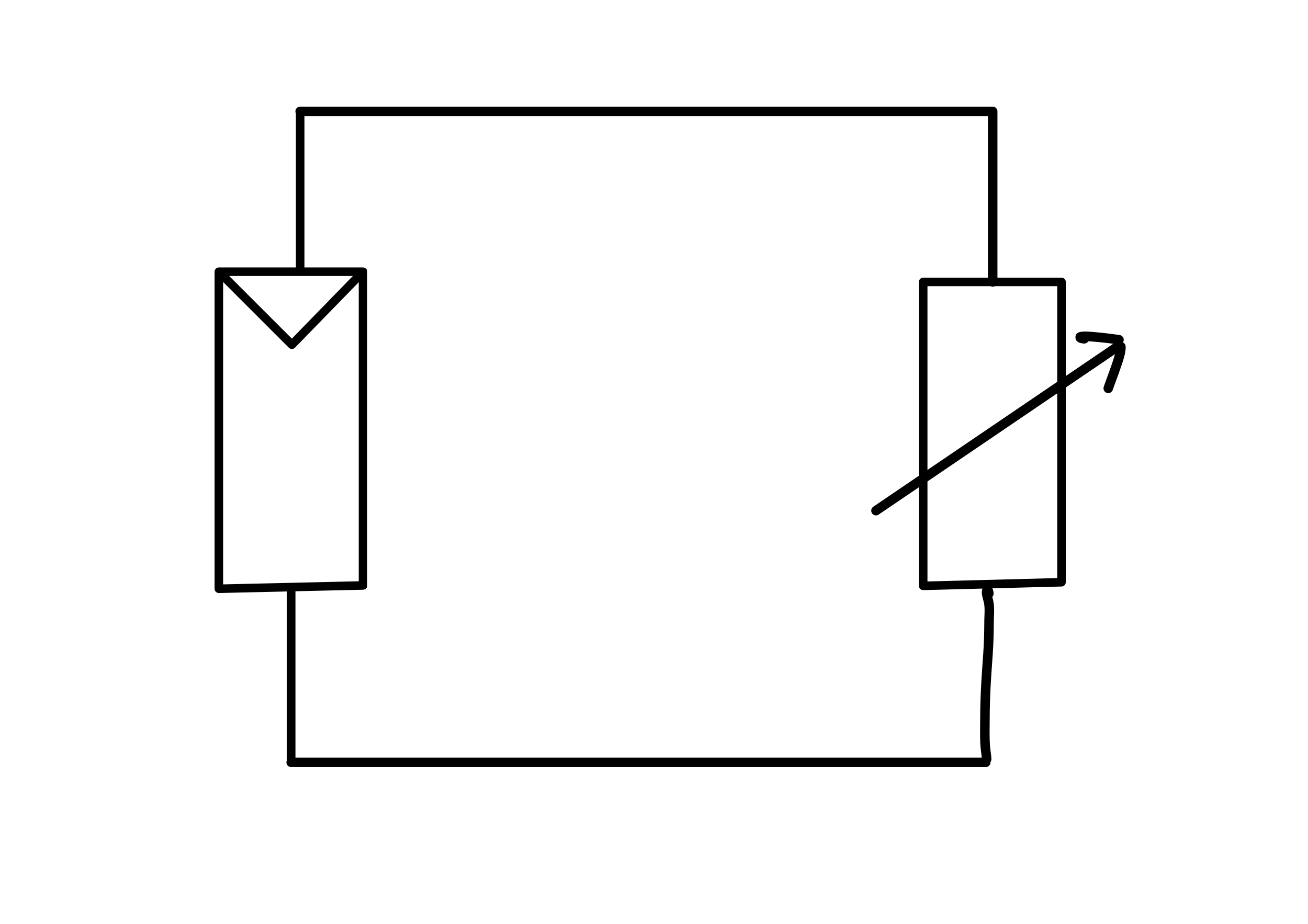Maximum power transfer
Power matching in a solar cell describes a process in which the load is matched to the source. If the load is not properly matched to the cell, this can lead to a loss of energy as the maximum possible current does not flow. To maximise the power of a solar cell, the load must be matched to the internal resistance of the cell. The resistance depends on the electrical properties of the cell and varies with sunlight intensity, temperature and other factors. When the load is optimally matched to the internal resistance of the cell, the solar cell can deliver its maximum power.
Maximum power transfer concept

If a variable load resistor is connected to the solar cell, as shown in figure, the dark red characteristic curve of the resistor can be entered in the digram as the consumer. The dark blue characteristic curve of the solar cell is the generator in this case. If this load resistor is adjusted, the characteristic curve of the resistor changes and thus also the intersection of source and consumer. In figure figure the adjusted load resistances are visible at the dashed characteristic curves. The intersection of the characteristic curve of the solar module and a characteristic line of the load resistance is the operating point. The area of current and voltage under this operating point is the power to be maximised. By changing the load resistance, the operating point on the characteristic curve of the solar module can therefore be adjusted. In order to be able to use the concept of power adjustment for the solar module optimiser, as circuit is therefore needed that can continuously change its input resistance in order to be able to adjust the point of power and thus maximise the energy transport, such a circuit is presented in the next section boost converter.